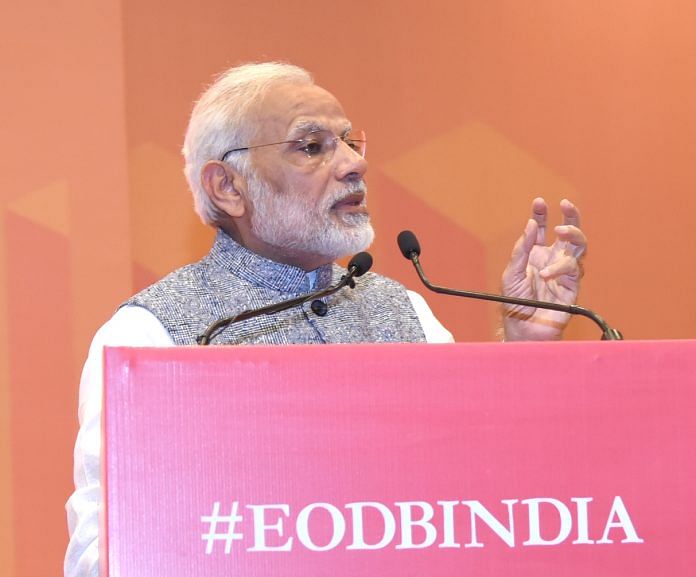The Gujarat model of economic growth and development is premised on the claims of accelerated infrastructure development of roads, highways, dams, and a spike in foreign investment. But critics have said that moderate achievements have been over-hyped, and it does not account for the decline in social indicators. The Patidar agitation of 2015 further emphasised the waning job market in Gujarat.
Is the Gujarat model of economic growth and development a myth or reality?
Gujarat was a high manufacturing state even before the talk about the ‘Gujarat model’. In the 1980s, growth was high. In a six-year period in the 1990s, manufacturing output doubled. This was before Modi became CM. To his credit, he maintained and accelerated the growth. The year that he took over was the same year when the Sardar Sarovar dam canal waters were released for the first time. This improved the condition of agriculture and it grew by 6 per cent.
Other economists may call it the ‘Gujarat model’, but keeping industrial growth high and improving agriculture through irrigation are keeping the state’s development high.
What happened to Gujarat after Modi left it? Now, on the agricultural front, the resources which were mostly abundant have dried up. Madhya Pradesh, too, is now asking for its share of Narmada waters, so the growth resource has been used up to an extent. Sources are depleting. Also, if you look at government publications, the Sardar Sarovar’s canal system has not been completed.
Here are other sharp perspectives on the Gujarat model of economic growth:
Deepender Singh Hooda: MP, Congress
Maitreesh Ghatak: professor of economics, LSE
Tavleen Singh: author and columnist
Shekhar Gupta: chairman and editor-in-chief, ThePrint
Gaurang Jani: lecturer, dept of sociology, Gujarat University
Atul Sood: professor, JNU
Sushmita Dev: congress MP
Around a third of the canal system needs to be constructed, and this would take three years, according to the NITI Aayog. But CM Vijay Rupani, in a recent meeting, pointed out that land acquisition is a big problem.
Farmers in Gujarat are alert, so they have diversified into the dairy business, and are growing BT cotton etc. Manufacturing output, if high, will generate jobs. With a growth rate of 10 per cent in output, employment growth will be two per cent, which is high and sustainable.
GST, however, has caused discomfort to the industrialists. The current GST is a tax system with five different rates. All the countries which have implemented GST have only one rate. They are saying they will bring it down to one rate, but it will be good for the economy, if the government does it soon.
Yoginder K. Alagh is an Indian economist and former union minister.



